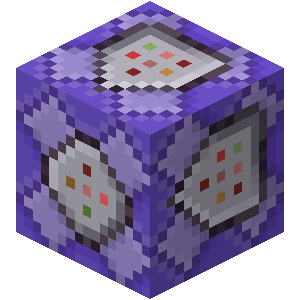It's been a long-running joke that the Cemetech servers are hosted on an array of CSEs somewhere and given the performance of the Minecraft server, I'm inclined to take it as fact :P However, earlier today I was able to actually run a webserver on a CE, using jacobly's USB libs, a USB ethernet adapter, and the uIP network stack. The site is currently (at the time of this writing - it will probably go down in less than an hour) online at http://commandblockguy.xyz:33998. When it does go down, you can still see a backup of the site on the Internet Archive.
This was relatively simple to set up. I basically just copied the uIP code, and tweaked it to work with the CE's clocks and the USB ethernet device. The main holdup was actually with DHCP, as the example code that was included with uIP just didn't work - it entered an endless loop because it failed to acknowledge that it had received data.
I'm still making improvements to the code - I think the next step will be to replace the checksum and 32 bit arithmetic functions that uIP implements in C with faster ones written in assembly. After that, I'll post the code on my GitHub so that others can give it a try.
EDIT: I'm taking the server down now so that I don't run the battery down all the way overnight. I'll try to bring it back up about 5-5:30 PM ET tomorrow.
This was relatively simple to set up. I basically just copied the uIP code, and tweaked it to work with the CE's clocks and the USB ethernet device. The main holdup was actually with DHCP, as the example code that was included with uIP just didn't work - it entered an endless loop because it failed to acknowledge that it had received data.
I'm still making improvements to the code - I think the next step will be to replace the checksum and 32 bit arithmetic functions that uIP implements in C with faster ones written in assembly. After that, I'll post the code on my GitHub so that others can give it a try.
EDIT: I'm taking the server down now so that I don't run the battery down all the way overnight. I'll try to bring it back up about 5-5:30 PM ET tomorrow.























